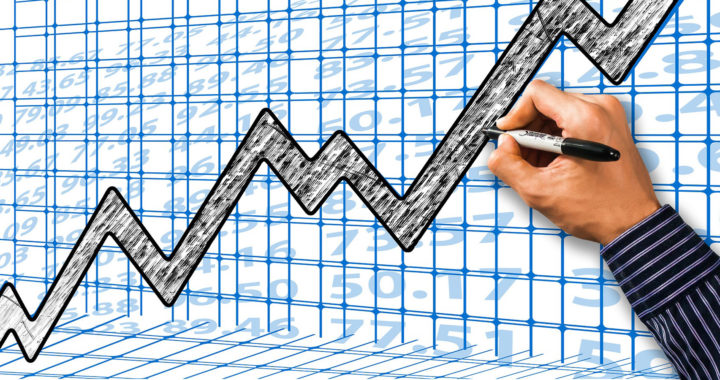One of the macroeconomic indicators used to measure the economic performance of a particular jurisdiction is its gross domestic product or GDP. This jurisdiction can either be an entire country, its local units such as a province or city, or a global regional market.
Fundamentally, GDP represents the total monetary value of all the finished goods and services produced within the borders of a jurisdiction in a specific period. It can indicate whether an economy is in an expansionary phase or a recessionary or depression phase of the business cycle.
There are two major types of GDP: nominal GDP and real GDP. Knowing the difference between these two is critical in ensuring a more accurate understanding of the economic performance of the jurisdiction it represents.
Difference Between Nominal GDP and Real GDP
Below is the major difference between nominal GDP and real GDP:
• Nominal GDP: Measures the value of all final goods and services in prices prevailing at the time of production or in current prices.
• Real GDP: Measures the value of all final goods and services with adjustments to account for price changes in the price levels.
Considering the definitions above, the difference between the two centered on how each approaches the measurement of the total monetary value of all finished goods and services. Nominal gross domestic product takes into account current prices while real gross domestic product removes the effects of inflation by using a price index.
The price index is also called the GDP deflator. Calculating real GDP involves determining the ratio of nominal GDP to the price index or GDP deflator times 100.
Between nominal and real, the latter is considered the better macroeconomic indicator because it provides insight into long-term economic performance.
Consider this as an example: If a particular country had a nominal GDP of USD 200 billion in 2010 and had grown to USD 250 billion in 2020, then some might assume that its economy has grown over the last 10 years. However, over the same period, prices rose by 100 percent. The real GDP for 2020 would be USD 150 billion.
Hence, when taking into consideration inflation, the real economic performance of the hypothesized country declined from 2010 to 2020.
Reiterating the Difference Between the Two
In a nutshell, nominal GDP is the monetary value of all the finished products produced within the borders of a particular jurisdiction in a specific period. On the other hand, real GDP is an inflation-adjusted monetary value of the same finished products.
The problem with using nominal GDP is that it is difficult to tell whether a real expansion in production had occurred or if the value was a product of increases in prices. A high inflation rate will increase the gross domestic product of a particular country and as such. Instances of deflation will decrease its gross domestic product.
Nevertheless, for economists and policymakers, it is important to separate the impact of inflation or deflation from the measurement since the gross domestic product is expressed in monetary value, it is subject to inflation.





